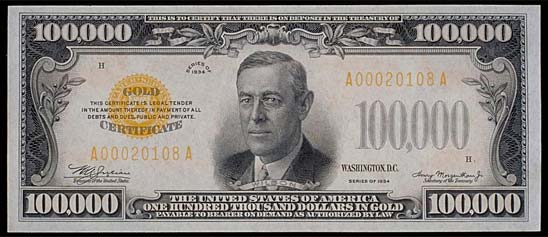
The museum possesses one of the largest and most diverse numismatic collections in the world. Its diverse holdings represent every inhabited continent and span more than three millennia. The collection includes coins, paper money, medals, tokens, commodity and alternative currencies, coin dies, printing plates, scales and weights, financial documents and apparatuses, credit cards, and objects that reflect established and emerging digital monetary technologies worldwide.
Our collection database is a work in progress. We may update this record based on further research and review. Learn more about our approach to sharing our collection online.
If you would like to know how you can use content on this page, see the Smithsonian's Terms of Use. If you need to request an image for publication or other use, please visit Rights and Reproductions.